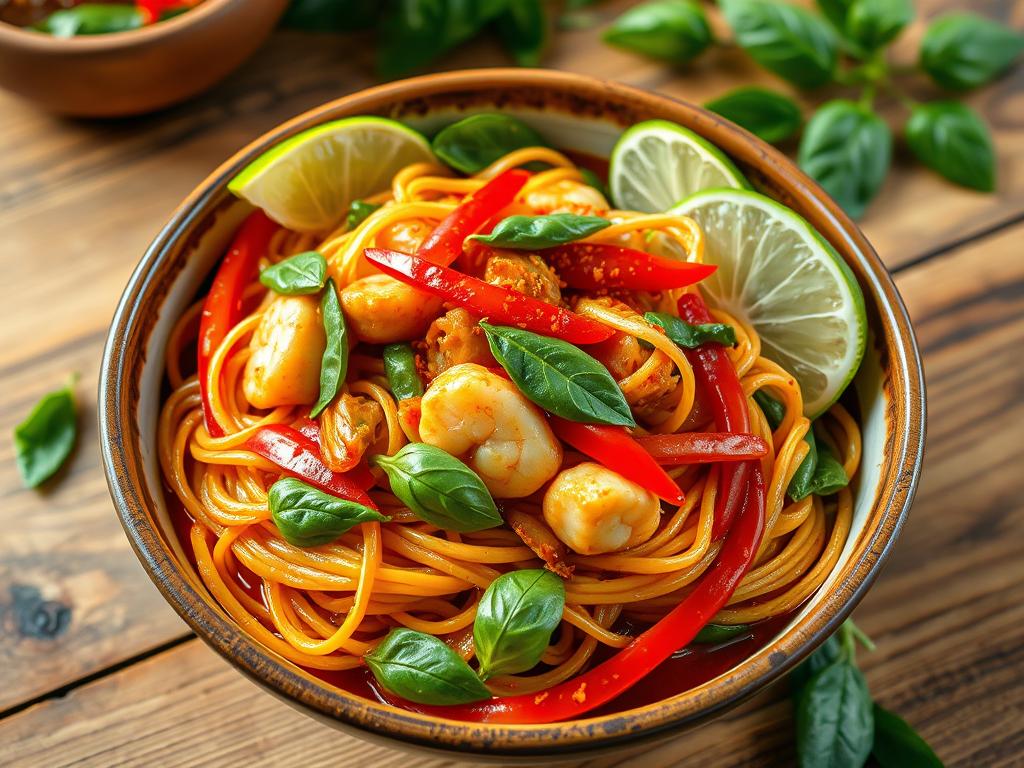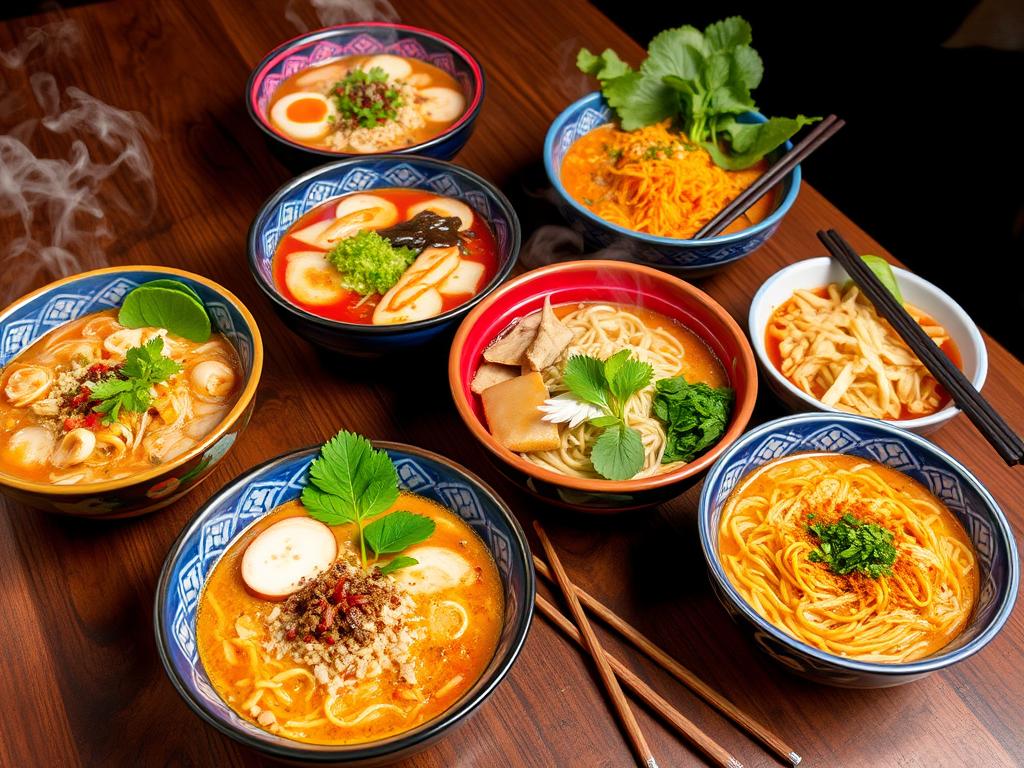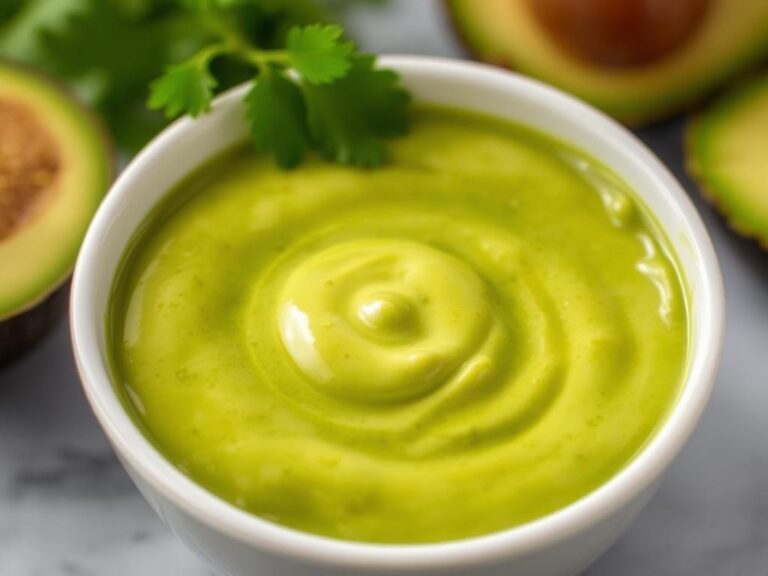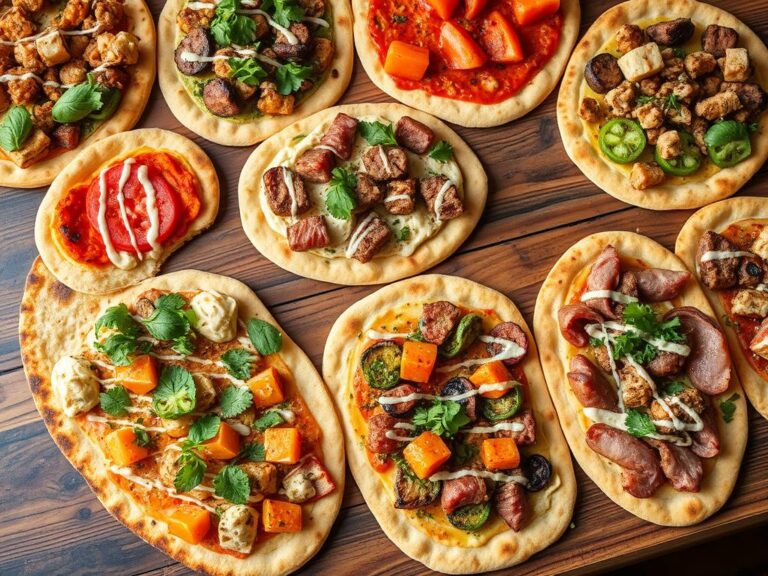15 Simple Asian-Inspired Noodle Dishes
This post may contain affiliate links which means I may receive a commission for purchases made through links at no extra cost to you. I only recommend products I truly believe in. Thank you for your support!
Get ready to explore a delicious world of 15 Simple Asian-Inspired Noodle Dishes. They will turn your kitchen into a vibrant culinary destination! These easy noodle recipes showcase the incredible diversity of Asian cuisine. They bring together flavors from Japan, China, Thailand, and beyond.
Asian noodle dishes are more than just meals. They’re edible stories of cultural traditions. With preparation times typically ranging from 10 to 30 minutes, these popular Asian noodle dishes are perfect for busy home cooks. They can create restaurant-quality meals in their own kitchen.
From the chewy wheat-based ramen to delicate rice noodles used in Filipino Pancit Bihon, each recipe offers a unique texture and flavor profile. The versatility of these noodles means you can easily customize dishes to suit your taste preferences or dietary needs.
Whether you’re a seasoned cook or a kitchen novice, our collection of noodle recipes will inspire you. It will inspire you to explore the rich culinary landscapes of Asia. Get ready to embark on a delicious journey that will tantalize your taste buds and bring excitement to your dinner table!
Introduction to Asian-Inspired Noodle Dishes
Explore the world of flavorful noodle recipes that have won hearts for ages! Asian noodle dishes are a journey through history, blending amazing flavors and cooking skills. They turn simple ingredients into unforgettable meals.
Noodles are more than food; they’re a cultural adventure. Quick noodle dishes have become a worldwide favorite. They connect people across continents through shared food traditions.
The Rich History Behind Asian Noodles
Homemade Asian noodles have a long history, with each area having its own way of making them. The story of noodles is woven through Asian cultures:
- China: The birthplace of noodle-making, with records from 2000 BCE
- Japan: Known for udon and soba noodles
- Vietnam: Mastered the art of rice noodle making
- Korea: Created bold, flavorful noodle dishes
Popular Types of Noodles Used in Asian Cuisine
Asian cuisines offer a wide range of noodle types, each with its own feel and taste:
| Noodle Type | Origin | Texture |
|---|---|---|
| Rice Noodles | Southeast Asia | Delicate, soft |
| Wheat Noodles | China | Chewy, substantial |
| Egg Noodles | Multiple regions | Rich, golden color |
| Glass Noodles | Korea, China | Translucent, light |
Whether you’re new to cooking or experienced, these noodles open up a world of possibilities. You can make delicious, authentic Asian dishes in your own kitchen!
1. Classic Pad Thai
Explore the world of tasty noodle recipes with Pad Thai, a top Thai street food. This dish is a mix of sweet, sour, and savory flavors. It’s perfect for both experienced cooks and beginners, taking you to Bangkok’s streets.
Key Ingredients for an Authentic Pad Thai
To make the best Pad Thai, you need the right ingredients. Here’s what you’ll need:
- 8 ounces flat rice noodles
- 3 tablespoons peanut oil
- 8 ounces protein (shrimp, chicken, or tofu)
- 2 eggs
- 1 cup fresh bean sprouts
- 1 red bell pepper, thinly sliced
- 3 green onions, chopped
- 1/2 cup dry roasted peanuts
Pro Tips for Making Authentic Pad Thai
Getting good at Pad Thai is about technique and timing. Start by preparing your ingredients and cooking quickly over high heat. Pro tip: Soak rice noodles for 5-6 minutes to achieve the perfect texture.
| Cooking Time | Protein Cooking Details |
|---|---|
| Total Preparation | Under 30 minutes |
| Shrimp Cooking | 1-2 minutes per side |
| Chicken Cooking | 3-4 minutes, flip once |
The sauce is what makes Pad Thai special. Use about 2 tablespoons of tamarind paste for the tangy flavor. This recipe works well for vegetarian, vegan, and gluten-free diets too!
This Pad Thai recipe has a 4.97 out of 5 rating from 5,102 votes. It’s sure to be a hit with your family. Enjoy! 🥢
2. Japanese Udon Stir-Fry
Explore the world of Asian noodle dishes with udon, a hearty Japanese noodle. It turns quick dishes into exciting adventures! These thick, chewy wheat noodles are a key part of Asian noodle cuisine. They offer a unique texture that makes them stand out from other pasta.
What Makes Udon Noodles Unique?
Udon noodles are special in the Asian noodle world. They have:
- Exceptionally thick and chewy texture
- Made from wheat flour, water, and salt
- Versatile enough for hot soups and stir-fries
- Available in multiple forms: fresh, frozen, and dried
Simple Udon Stir-Fry Recipe
Want to make an amazing homemade Asian noodles dish? Here’s how to make a perfect udon stir-fry!
| Ingredient | Quantity |
|---|---|
| Udon Noodles | 14 oz (400g) |
| Vegetable Oil | 1 tbsp |
| Protein (chicken/shrimp) | ½ lb |
| Mixed Vegetables | 2½ cups |
Cooking Steps:
- Heat oil in a large pan or wok
- Cook protein until golden
- Add vegetables and stir-fry
- Incorporate udon noodles
- Mix with signature sauce
Pro tip: For the ultimate yaki udon experience, let your noodles sit undisturbed for 30-60 seconds. This will help develop a delightful char!
3. Spicy Korean Noodle Salad
Get ready to tantalize your taste buds with a mouthwatering Korean noodle salad. It combines cool textures with fiery flavors. This dish is a delightful flavorful noodle recipe that will make your dinner routine exciting.
Korean noodle salads are a perfect mix of refreshing ingredients and bold spices. These tasty noodle recipes show the vibrant spirit of Korean cuisine. They offer a delicious balance of heat and cool freshness.
Essential Ingredients for Korean Noodle Salad
- Glass noodles (200g)
- Fresh vegetables (1-2 cups)
- Kimchi (2/3 cup)
- Gochujang (3 tablespoons)
- Sesame oil (1-1.5 tablespoons)
- Soy sauce (2 tablespoons)
How to Adjust the Spice Level
Creating easy noodle recipes means knowing how to control the heat. For those who love spice, add extra gochujang. For milder palates, reduce the amount of chili flakes and use less hot sauce.
Pro tip: Always taste your sauce before mixing to ensure the perfect spice level. Remember, you can always add more heat, but it’s harder to take it away!
| Spice Level | Gochujang Amount | Chili Flakes |
|---|---|---|
| Mild | 1 tablespoon | 1/2 teaspoon |
| Medium | 2 tablespoons | 1 teaspoon |
| Hot | 3 tablespoons | 2 teaspoons |
With these tips, you’ll create a Korean noodle salad that’s bursting with flavor. It will be customized to your spice preference. Enjoy your culinary journey!
4. Vietnamese Pho
Explore the world of Asian noodle dishes with Vietnamese pho. This warm soup is a true homemade Asian noodle masterpiece. It turns simple ingredients into a dish that feels like a trip to Vietnam’s busy streets.
The Magic of Pho Broth
The heart of pho is its rich, complex broth. We’ll uncover how to make this broth, which makes pho a standout noodle dish. The key is:
- Simmering bones for 6-7 hours
- Using spices like star anise and cinnamon
- Adding fish sauce for flavor balance
Simple Steps to Create Authentic Pho at Home
Making homemade Asian noodles is easy. Here’s how to make pho in about 45 minutes:
- Start with 3.5-4 cups of low-sodium chicken broth
- Add 6-8 ounces of chicken breast
- Toast spices for 1-2 minutes
- Simmer noodles for 4-5 minutes
- Finish with fresh herbs and lime
Pro tip: The broth gets even better when made a day ahead. This way, the flavors fully develop. Your homemade pho will quickly become a family favorite among Asian noodle dishes!
5. Thai Drunken Noodles

Get ready to explore one of the most exciting quick noodle dishes in Thai cuisine! Pad Kee Mao, or Thai Drunken Noodles, is a vibrant and spicy stir-fry. It will transform your home cooking experience. These flavorful noodle recipes bring the excitement of street food right to your kitchen.
Understanding the Name: Why “Drunken”?
Despite its intriguing name, Thai Drunken Noodles don’t actually contain alcohol. The term comes from the dish’s reputation as a perfect late-night meal for those enjoying a night out. Packed with bold flavors and spicy kick, these tasty noodle recipes are designed to wake up your taste buds!
Quick Recipe for Thai Drunken Noodles
Crafting this delicious dish is simpler than you might think. Here’s what you’ll need:
- 8 ounces wide rice noodles
- 1/3 cup low sodium soy sauce
- 3 tablespoons oyster sauce
- 2 teaspoons honey
- 2 tablespoons sesame oil
- 1/2 pound chicken (optional)
- Fresh Thai basil leaves
Cooking steps are straightforward:
- Prep ingredients in advance
- Heat oil in a wok or large skillet
- Stir-fry proteins and vegetables
- Add noodles and sauce
- Finish with fresh basil
Pro tip: The key to authentic Drunken Noodles is using fresh rice noodles and cooking quickly over high heat!
Nutritional highlights per serving include:
| Nutrient | Amount | Daily Value |
|---|---|---|
| Calories | 426 kcal | 21% |
| Protein | 28g | 56% |
| Carbohydrates | 20g | 7% |
With just 30 minutes total cooking time, these Thai Drunken Noodles offer a perfect balance of speed, flavor, and nutrition!
6. Chinese Lo Mein
Explore the world of easy noodle recipes with Chinese Lo Mein. This dish brings restaurant-quality flavor to your kitchen. It turns simple ingredients into a delicious meal that will excite your taste buds.
Unraveling Lo Mein vs. Chow Mein
Let’s sort out the confusion between Lo Mein and Chow Mein. Lo Mein and Chow Mein might sound alike, but they’re not the same:
- Lo Mein: Soft noodles tossed with sauce after cooking
- Chow Mein: Crispy noodles that are fried during preparation
Mastering the Perfect Lo Mein Technique
Making homemade Asian noodles is simpler than you think! Here’s a quick guide to making Lo Mein:
- Choose wheat noodles or gluten-free alternatives
- Prepare a flavorful sauce with soy sauce and oyster sauce
- Quickly sauté vegetables and protein in a hot wok
- Toss noodles with sauce for maximum flavor
Our tested recipe offers impressive nutritional benefits:
| Nutritional Breakdown | Per Serving | % Daily Value |
|---|---|---|
| Calories | 461 cal | 23% |
| Protein | 30.85g | 62% |
| Carbohydrates | 63.78g | 21% |
Pro tip: Use two types of soy sauce for a rich, complex flavor. This makes your Lo Mein go from good to amazing! With just 15 minutes of cooking, you’ll have a meal that wows everyone.
7. Cold Soba Noodles
Summer is the perfect time for refreshing noodle dishes. Cold soba noodles are a top choice! These Japanese buckwheat noodles cool you down and excite your taste buds.
Soba noodles are packed with nutrients. They’re made from 80% buckwheat flour and 20% wheat flour. They cook fast, in just 4 minutes, making them great for quick meals.
The Benefits of Eating Cold Soba
- Low glycemic index for balanced blood sugar
- High in fiber and protein
- Quick to prepare (total time: 20 minutes)
- Nutrient-dense with only 397 calories per serving
Quick Dipping Sauce Recipes
Perfect dipping sauce makes soba noodles even better. Here are two easy recipes:
- Classic Tsuyu Sauce:
- 2 tbsp soy sauce
- 1 tbsp mirin
- 1/2 tsp rice vinegar
- Spicy Sesame Sauce:
- 3 tbsp sesame oil
- 1 tbsp chili paste
- 1 tsp grated ginger
| Nutritional Content | Per Serving |
|---|---|
| Calories | 397 kcal |
| Protein | 11g |
| Carbohydrates | 58g |
| Fat | 16g |
Pro tip: Rinse soba noodles in cold water after cooking. This stops the cooking and keeps their chewy texture. Serve right away for the best flavor!
8. Singapore Noodles
Get ready to explore a popular Asian noodle dish that’s not from Singapore! These vibrant, curry-infused rice noodles have won hearts worldwide. They’re known for their unique flavor and quick prep.
What Makes Singapore Noodles Stand Out?
Singapore Noodles are a culinary marvel. They turn simple ingredients into an extraordinary meal. Thin rice vermicelli noodles are stir-fried with spices and fresh ingredients.
The secret? Curry powder. It gives the dish its golden color and unique taste.
- Preparation time: 15 minutes
- Cooking time: 10 minutes
- Serves: 2 generous portions
- Calories per serving: 555
Variations on Singapore Noodles
These flavorful noodle recipes are flexible. You can customize them to your liking or dietary needs.
| Protein Options | Vegetable Additions |
|---|---|
| Shredded chicken | Shredded cabbage |
| Tofu bites | Bean sprouts |
| Shrimp | Snow peas |
| BBQ pork | Colorful bell peppers |
Pro tip: Use Sriracha sauce to adjust the spice level. Whether you like it hot or mild, Singapore Noodles have something for everyone!
This dish is great for home cooks. It’s quick to make, affordable, and can be customized in many ways. Grab your wok and let’s cook!
9. Final Thoughts: The Joy of Asian Noodles
Exploring the world of best noodle dishes is an exciting journey. It connects us with rich cultural traditions. Asian noodle cuisine offers a wide range of flavors and textures. It can turn your home kitchen into a vibrant dining spot.
When making homemade Asian noodles, remember to be creative. Don’t be afraid to try different proteins, vegetables, and sauces. Each recipe is a chance to add your own twist and show off your cooking style.
Asian noodle dishes are incredibly versatile. From spicy Korean japchae to delicate Japanese soba, they invite you to try new flavors and techniques. Start with simple recipes, learn the basics, and then get more confident in making these dishes.
Your journey with Asian noodles is just starting. Enjoy learning, share your dishes with others, and most importantly, have fun in the kitchen. Every dish you make is a celebration of flavor, culture, and the joy of cooking!
Encouraging Creativity in Noodle Dishes
Don’t hesitate to swap ingredients, adjust spice levels, or mix different regional styles. Cooking is an art, and noodle dishes are your canvas!
How to Experiment with Flavors and Ingredients
Start by understanding basic flavor profiles, then introduce new ingredients. Trust your taste and enjoy the journey of culinary exploration.






